Introduction
In the realm of modern dentistry, cosmetic treatments have undergone a significant transformation thanks to technological advancements. One of the most exciting innovations in this field is digital dentistry, which harnesses the power of digital tools and techniques to enhance precision, efficiency, and patient satisfaction. From 3D imaging to digital impressions, these technologies are revolutionizing how cosmetic dental procedures are performed. In particular, digital tools have drastically improved the accuracy and customization of treatments such as veneers, crowns, and orthodontics.
This article explores the ways in which digital dentistry has impacted cosmetic dental procedures. We will investigate how 3D imaging enhances the precision of treatments, the role of digital technology in customizing these procedures, and the benefits of digital impressions over traditional molds. By the end, it will be clear that digital dentistry is not just a passing trend; it’s a game-changer for the future of cosmetic dental treatments.
3D Imaging and Its Role in Veneers, Crowns, and Orthodontics
One of the most significant advances in digital dentistry is the development and application of 3D imaging technology. This tool allows dental professionals to capture highly detailed images of a patient’s mouth, including teeth, gums, and bone structure. The images generated by 3D scans offer a level of accuracy and detail far superior to traditional X-rays or physical impressions. These digital images can be used to plan, design, and execute cosmetic dental procedures with a much higher degree of precision.
Veneers: Veneers are thin layers of porcelain or composite resin applied to the front surface of teeth to improve their appearance. To ensure a perfect fit, precise measurements of the teeth are required. Traditional methods of fitting veneers involved taking physical impressions of the teeth, which could sometimes be uncomfortable for the patient and prone to inaccuracies. With 3D imaging, dental professionals can capture the exact dimensions of a patient’s teeth in a non-invasive manner, ensuring a better fit and more natural-looking result.
The 3D digital models allow for precise customization of the veneer design, including factors such as thickness, shape, and color. The accuracy of these digital models also reduces the chances of having to remake the veneers, saving both time and money.
Crowns: Crowns are typically used to cover damaged or decayed teeth. The traditional method of creating a crown involved taking physical impressions of the tooth, which would then be sent to a lab for the creation of the crown. This process could be time-consuming, and there was always the possibility of discrepancies between the mold and the final crown.
With 3D imaging, crowns can now be designed and created in a single visit. The digital scan of the patient’s tooth is used to create a precise 3D model, which is then used to design a custom crown. This process is faster, more accurate, and more comfortable for the patient. In many cases, the crown can even be fabricated in-office using a 3D printer or milling machine, allowing for immediate placement.
Orthodontics: Digital dentistry has also revolutionized the field of orthodontics. Traditional braces required numerous visits to the dentist for manual adjustments and the use of physical molds to create custom orthodontic devices. Today, 3D imaging and digital tools allow for the creation of highly customized treatment plans, such as clear aligners, which can be fabricated with a high degree of precision.
Using 3D imaging, orthodontists can map out the patient’s teeth and jaw alignment, simulating the movement of teeth over time to create a personalized treatment plan. Digital tools also enable orthodontists to visualize the final results before treatment begins, allowing patients to see how their teeth will look once the treatment is complete.
How Digital Technology Enhances Customization
One of the most remarkable aspects of digital dentistry is its ability to enhance the customization of cosmetic treatments. Digital tools allow dental professionals to create treatment plans that are tailored to the unique needs of each patient, ensuring that the results are as individualized as possible.
Customizing Veneers and Crowns: Digital imaging allows for the creation of highly customized veneers and crowns that match a patient’s natural tooth shape, color, and size. Instead of relying on standard templates or manual molds, digital technology makes it possible to create a treatment plan based on the exact specifications of the patient’s teeth.
For instance, digital impressions can capture subtle details such as tooth wear, imperfections, and the curvature of the gumline, which can be incorporated into the design of veneers and crowns. This level of customization ensures that the final result will look natural and fit seamlessly with the patient’s smile.
Personalized Orthodontic Treatment: In the past, orthodontic treatments were often one-size-fits-all. Traditional braces required adjustments that could be uncomfortable and time-consuming, and the final results were sometimes less than perfect due to the limitations of manual adjustments.
With digital tools, orthodontists can create highly personalized treatment plans based on the patient’s unique dental structure. Digital imaging allows orthodontists to map out the precise movement of each tooth over time, ensuring that the treatment plan is customized to the patient’s specific needs. Clear aligners, for example, are designed to fit snugly over a patient’s teeth and gently move them into position, offering a more comfortable and aesthetically pleasing alternative to traditional braces.
Additionally, digital technology enables orthodontists to simulate the results of treatment before it even begins. Patients can see a 3D representation of how their teeth will look once treatment is completed, helping them make informed decisions about their cosmetic dental care.
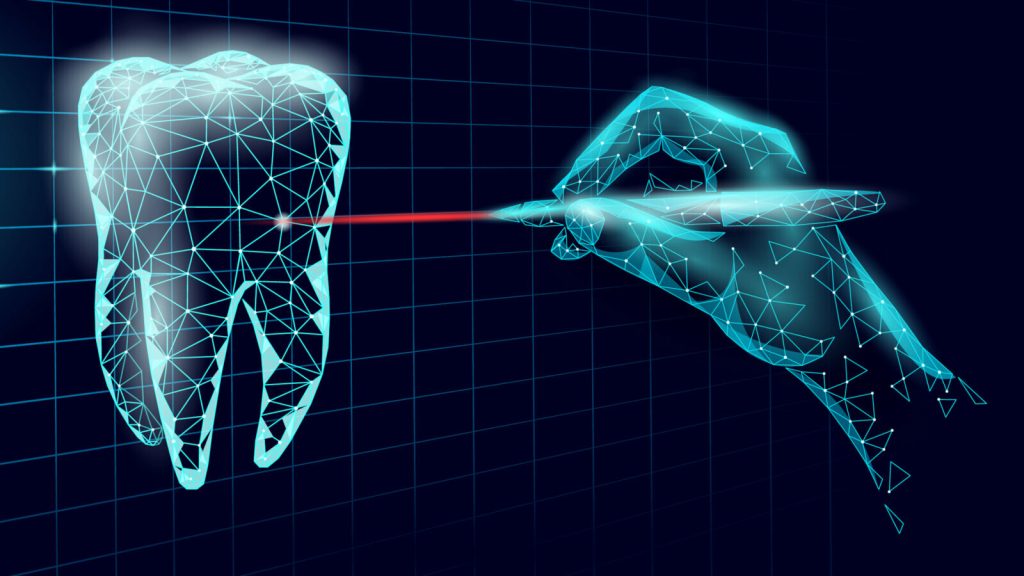
Benefits of Digital Impressions Over Traditional Molds
Traditionally, the process of taking dental impressions involved the use of a sticky, unpleasant material that had to be placed in the patient’s mouth to create a mold of their teeth. This method was not only uncomfortable for the patient but also prone to inaccuracies. If the mold was not taken properly, it could result in an ill-fitting crown, veneer, or orthodontic device, leading to additional visits and adjustments.
Digital impressions, on the other hand, eliminate the need for physical molds. Instead, a digital scanner is used to capture detailed, high-resolution images of the teeth and gums. The scanner generates a 3D model of the patient’s mouth, which can be used to design custom dental devices, such as crowns, veneers, and aligners.
Advantages of Digital Impressions:
- Comfortable: Digital impressions are much more comfortable for patients than traditional molds. There is no need for the messy, uncomfortable materials that often cause gagging or discomfort.
- Accuracy: Digital impressions are far more accurate than traditional molds. The digital scanner captures detailed images of the teeth and gums, ensuring that the final product fits perfectly.
- Speed: Digital impressions are quicker to take than traditional molds, and the data can be immediately sent to the lab or used to create the necessary dental device in-office.
- Reduced Need for Retakes: With traditional impressions, there is always the possibility that the mold will not be perfect, requiring the dentist to retake the impression. Digital impressions are more precise, reducing the chances of having to redo the process.
Conclusion
Digital dentistry has revolutionized the field of cosmetic dental treatments, offering enhanced precision, comfort, and customization for patients. From 3D imaging to digital impressions, these tools have improved the accuracy of treatments such as veneers, crowns, and orthodontics. By allowing dental professionals to capture detailed, high-resolution images of a patient’s teeth and gums, digital tools enable highly customized treatment plans that deliver natural-looking and functional results.
The ability to visualize and plan treatments with such precision also allows for faster, more efficient procedures and reduces the likelihood of errors. As digital dentistry continues to evolve, it is clear that these tools will play an increasingly important role in shaping the future of cosmetic dentistry. For patients, this means better outcomes, fewer visits to the dentist, and a more comfortable experience overall.








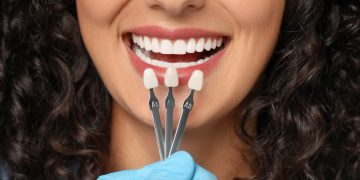
















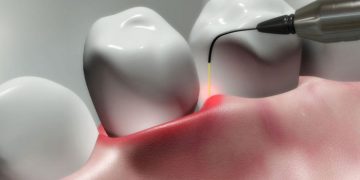


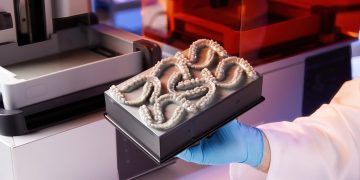

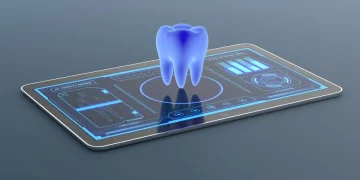
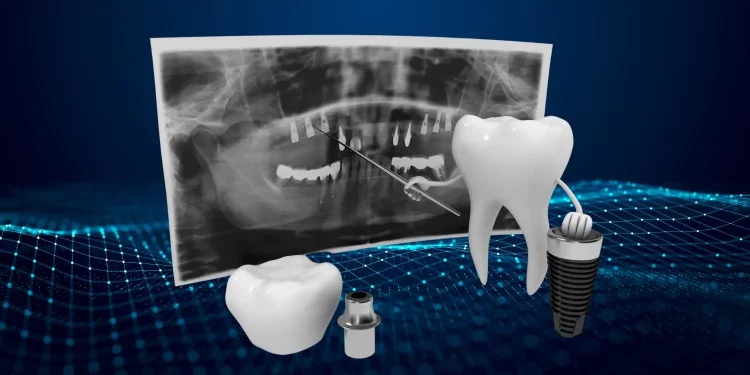













Discussion about this post